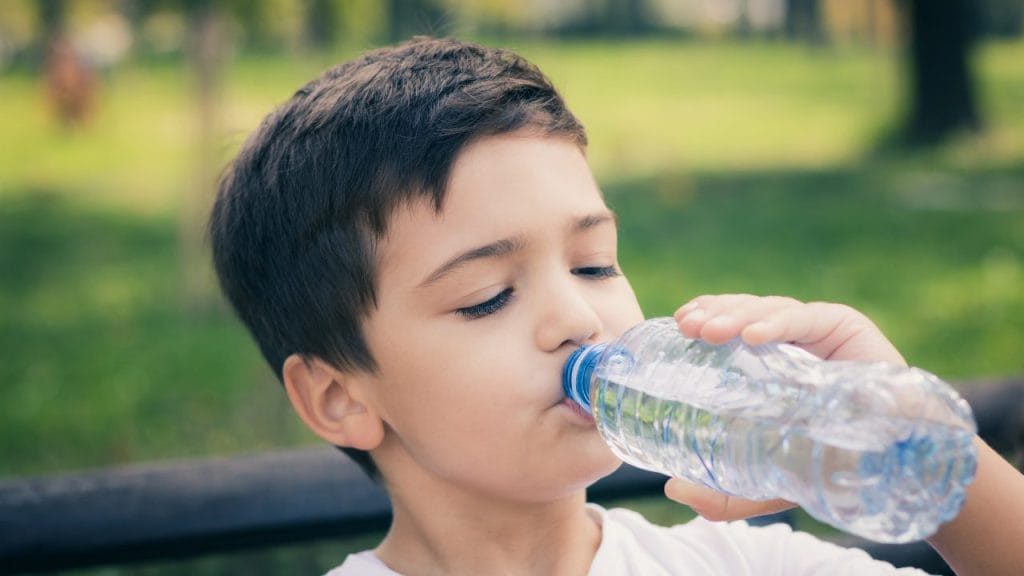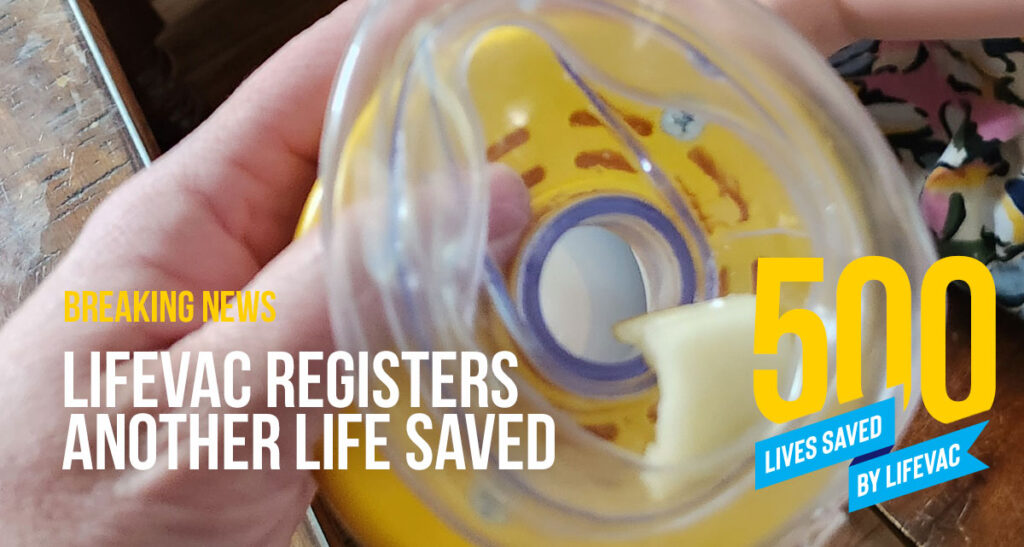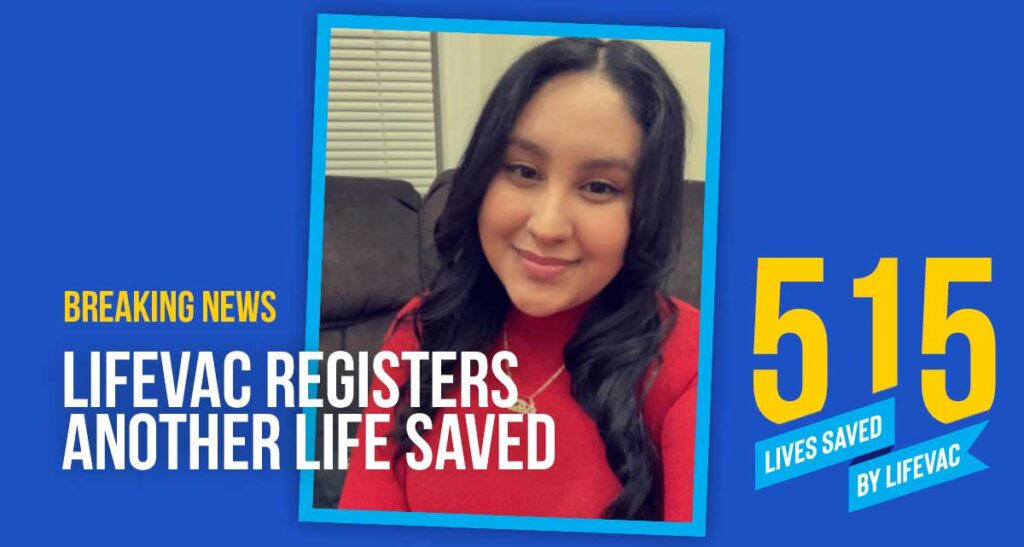School trips are exciting adventures that offer children valuable opportunities to learn, explore, and create lasting memories.
Nevertheless, as parents, it’s natural to feel a mix of excitement and concern about your child’s safety during these outings.
Thus, in this blog post, we’ll provide you with practical school trip tips to help ensure your child’s safety, allowing them to enjoy the experience while offering you peace of mind!
1. Everything starts with Communication
With your child:
Start the safety journey by having an open and friendly conversation with your child. Discuss the upcoming school trip, highlighting the excitement and the importance of responsibility.
Share guidelines on what they should and shouldn’t do to ensure a fun and secure experience. This dialogue sets the stage for their active involvement in their safety.
With the school:
Extend the circle of communication to the school and teachers organizing the trip. Establish clear lines of contact by obtaining necessary phone numbers and emails. Inquire about the detailed itinerary, emergency procedures, and any specific safety measures implemented during the trip.
This collaborative communication ensures that everyone involved is on the same page, fostering a collective commitment to the well-being of all students.
By nurturing open communication both at home and with the school, you create a safety net that enhances the overall experience of the school trip.

2. Emergency Information
Provide the school with up-to-date emergency contact information for your child. Include details about any allergies, medical conditions, or special requirements they may have. This information is crucial in case of unexpected situations.
Extra tip: You could attach an identification tag to your child’s backpack with their name, contact number, and any essential medical information. This helps in case they get separated from the group.
3. School Trip Buddy
The buddy system is a simple yet effective strategy in which each child is paired with another as a travel companion and responsible friend during the school trip. It serves as an additional layer of protection, especially in unfamiliar environments.
Thus, you could encourage the school to implement a buddy system during the trip. Having a buddy promotes accountability and ensures that children are aware of each other’s whereabouts, enhancing overall group safety.
4. Transportation Safety
When your child is traveling on a school trip, safety in buses or other vehicles is key. Remind them about wearing seatbelts and behaving properly while traveling. It’s also a good idea to check that the school follows all the safety rules for transportation.
If your child gets motion sickness or has other similar issues, tell the teachers before the trip. This way, they can be ready to help your child stay comfortable. Keeping these things in mind will help make sure your child has a safe and enjoyable trip.
5. Hydration and Nutrition
Ensure your child stays well-hydrated throughout the trip by packing a reusable water bottle. It’s important for them to drink water regularly, especially if they’re active or it’s a hot day. To keep their energy up, include a variety of healthy snacks like fruits, nuts, or granola bars.
Don’t forget: If your child has any dietary needs or preferences, make sure to inform the school in advance.

6. Safety Kit
It’s important to make sure that teachers carry a well-equipped safety kit with first aid supplies. Also, you should advocate for the inclusion of a LifeVac device, a proven tool for responding to choking emergencies effectively.
This registered medical tool uses suction to remove lodged objects from the airway, preventing a choking incident from becoming fatal. It’s an easy-to-use device that has shown effectiveness in numerous real-life situations and it’s completely safe for children.
Take the initiative to add a LifeVac device to your child’s backpack if the school doesn’t have one. Being proactive ensures that, in the event of a choking emergency, there’s a tool readily available to address the situation before professional help arrives.
Do you want to learn more about the medical device that has saved more than 1400 lives worldwide? Click here and visit our website.



